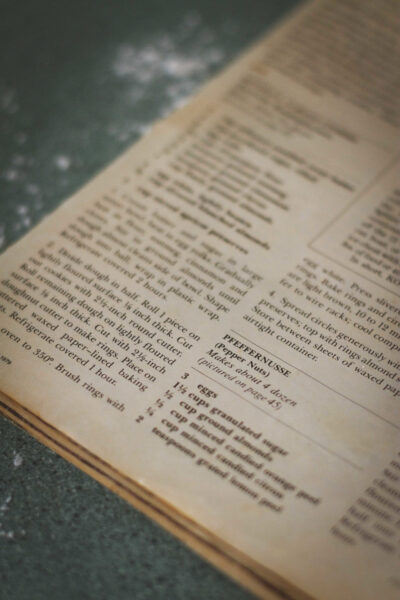It’s hard to believe that I’m enjoying my seventh season as Music Director of the SSO. I’ve had so many unforgettable experiences and memorable moments over the years. Not only has the organization as a whole been incredible (the musicians, Mark Turner and the whole staff, the Board) but the welcome and warmth Karen and I received from the audience, the city, and the community has been special. And that’s why it’s not easy to say that I’ve decided to move on from the SSO at the end of this season and hand over the musical reins of this wonderful orchestra
 I’m proud of what we’ve accomplished as an organization over the years and how we’ve been an innovative force in the Canadian music scene. Some highlights have been the many Saskatchewan and Canadian musicians and music we’ve featured, our growing presence in the community, and simply daring to try new things and making them work. Part of this is creative momentum and I strongly believe new ideas and fresh perspectives are paramount to artistic growth. That’s why I’m very excited in passing the torch to new musical leaders and seeing how they contribute to the future of the SSO.
I’m proud of what we’ve accomplished as an organization over the years and how we’ve been an innovative force in the Canadian music scene. Some highlights have been the many Saskatchewan and Canadian musicians and music we’ve featured, our growing presence in the community, and simply daring to try new things and making them work. Part of this is creative momentum and I strongly believe new ideas and fresh perspectives are paramount to artistic growth. That’s why I’m very excited in passing the torch to new musical leaders and seeing how they contribute to the future of the SSO.
We’ve already been seeing fresh faces on the podium in the last year and I’m delighted to see many more this coming season. I’m making this announcement now to ensure a smooth transition and for everyone (orchestra, audience, and community) to experience what great things are in store for the orchestra moving forward. Thanks to all of the hard work from everyone involved, the SSO is in a prime position for an exciting future.
But I’m not done yet! I’m excited for the Brahms Requiem this month and then officially saying goodbye in May. I look forward to my last season and continuing to experience not only this great orchestra but the wonderful city of Saskatoon and its incredibly warm and inviting people.
Thank you Saskatoon and see you soon!
Eric Paetkau



 For his eighth and latest Deutsche Grammophon album, Canadian pianist extraordinaire Jan Lisiecki has chosen to return to the music of Frédéric Chopin. Following on from Works for Piano & Orchestra (2017) and Chopin: Études (2013), Chopin: Complete Nocturnes features profoundly personal interpretations of some of the most beautiful and best-loved pieces ever written for solo piano.
For his eighth and latest Deutsche Grammophon album, Canadian pianist extraordinaire Jan Lisiecki has chosen to return to the music of Frédéric Chopin. Following on from Works for Piano & Orchestra (2017) and Chopin: Études (2013), Chopin: Complete Nocturnes features profoundly personal interpretations of some of the most beautiful and best-loved pieces ever written for solo piano.









